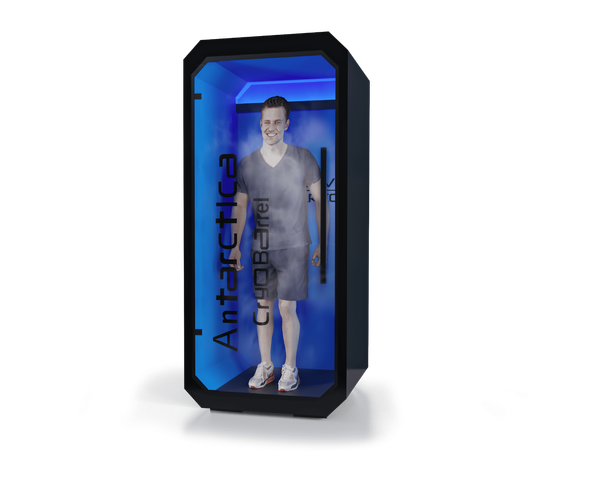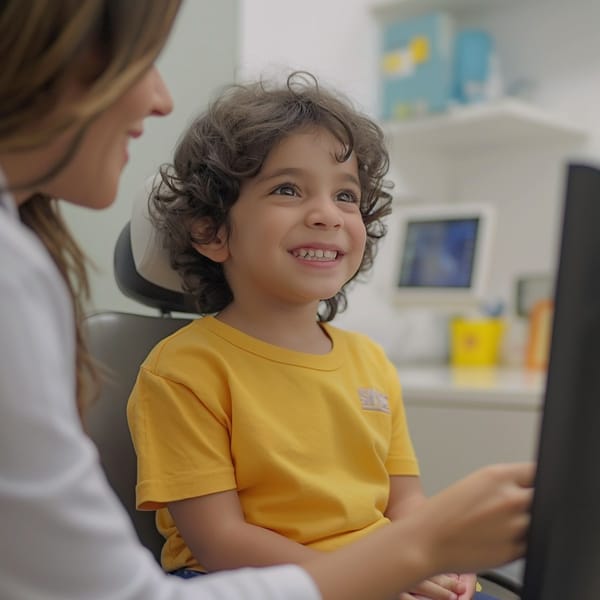Leveraging Large Language Models (LLMs) for Disease Diagnosis and Healthcare
Table of Content
Introduction to Large Language Models (LLMs)
Large Language Models (LLMs) represent a significant advancement in artificial intelligence, specifically in the domain of natural language processing. These sophisticated models are trained on extensive text datasets, enabling them to perform a wide array of language-related tasks with remarkable proficiency.
Prominent examples of LLMs include OpenAI's GPT-4 and Google's BERT. Their capacity to comprehend intricate language patterns and generate coherent text has opened up novel possibilities across various industries, with healthcare being a particularly promising area of application.
How LLMs Work in Healthcare
In the healthcare sector, LLMs demonstrate considerable potential. These models can efficiently process and analyze vast amounts of medical literature, clinical notes, and patient records.
By leveraging their training on extensive datasets, LLMs can identify patterns and correlations that may not be immediately apparent to human practitioners.
The functionality of LLMs in healthcare is based on their ability to predict likely outcomes or diagnoses from input text, drawing upon their training data. This capability translates into several practical applications:
- Diagnostic Assistance: LLMs can aid in disease diagnosis by analyzing patient symptoms and medical histories.
- Treatment Recommendations: These models can suggest potential treatment options based on current medical knowledge and historical patient data.
- Outcome Prediction: By analyzing patterns in patient data, LLMs can assist in forecasting potential patient outcomes.
- Research Synthesis: LLMs can rapidly process and summarize large volumes of medical research, keeping healthcare professionals updated on the latest developments.
While LLMs present exciting possibilities for enhancing healthcare delivery and outcomes, it's important to note that they are intended to augment, not replace, human medical expertise. These models serve as powerful tools to support healthcare professionals in their decision-making processes, potentially improving the speed and accuracy of diagnoses and treatment plans.
As this technology continues to evolve, it holds the promise of significantly impacting the healthcare industry, potentially leading to more personalized and efficient patient care.
Potential Applications of LLMs in Healthcare
Radiology and Imaging:
LLMs can assist radiologists by analyzing medical images and identifying potential abnormalities. By cross-referencing imaging data with existing medical records and literature, LLMs can provide a second opinion that may help in early detection of diseases like cancer.
Pathology:
In pathology, LLMs can help analyze tissue samples and identify patterns indicative of various diseases. This application is particularly useful in cases where pathologists face a high volume of samples and need assistance in identifying rare conditions.

Electronic Health Records (EHRs):
LLMs can help in extracting valuable insights from EHRs by summarizing patient histories, identifying gaps in care, and suggesting potential areas for further investigation. This capability can improve care coordination and ensure that all relevant information is considered in decision-making.
Telemedicine:
With the rise of telemedicine, LLMs can provide virtual assistants that help patients articulate their symptoms more accurately, ensuring that doctors receive a comprehensive view of the patient's condition even in remote consultations.
Drug Discovery and Development:
LLMs can analyze vast amounts of biomedical literature and clinical trial data to identify potential drug candidates and predict their effectiveness. This capability can accelerate the drug discovery process and help in developing new therapies for complex diseases.
Challenges and Considerations
While LLMs offer numerous benefits, there are also challenges and ethical considerations that need to be addressed:
- Data Privacy: The use of patient data requires strict adherence to privacy regulations like HIPAA. Ensuring that LLMs do not compromise patient confidentiality is paramount.
- Bias and Fairness: LLMs can inadvertently perpetuate biases present in the training data. It's crucial to ensure that these models provide fair and unbiased recommendations, particularly in a diverse patient population.
- Interpretability: The "black box" nature of some LLMs can make it difficult to understand how a particular diagnosis or recommendation was derived. Developing explainable AI models that clinicians can trust is essential for their adoption in healthcare.
- Regulatory Approval: Before LLMs can be widely adopted in clinical settings, they need to undergo rigorous testing and obtain regulatory approval to ensure their safety and effectiveness.
Conclusion
Large Language Models represent a significant advancement in AI technology with the potential to transform healthcare. By improving diagnostic accuracy, enhancing decision support, and personalizing patient care, LLMs can help doctors deliver better outcomes.
However, addressing the challenges of data privacy, bias, interpretability, and regulatory approval is essential for integrating these models into clinical practice. As the technology continues to evolve, LLMs could become invaluable tools in the healthcare industry, augmenting human expertise and revolutionizing the way we diagnose and treat diseases.











